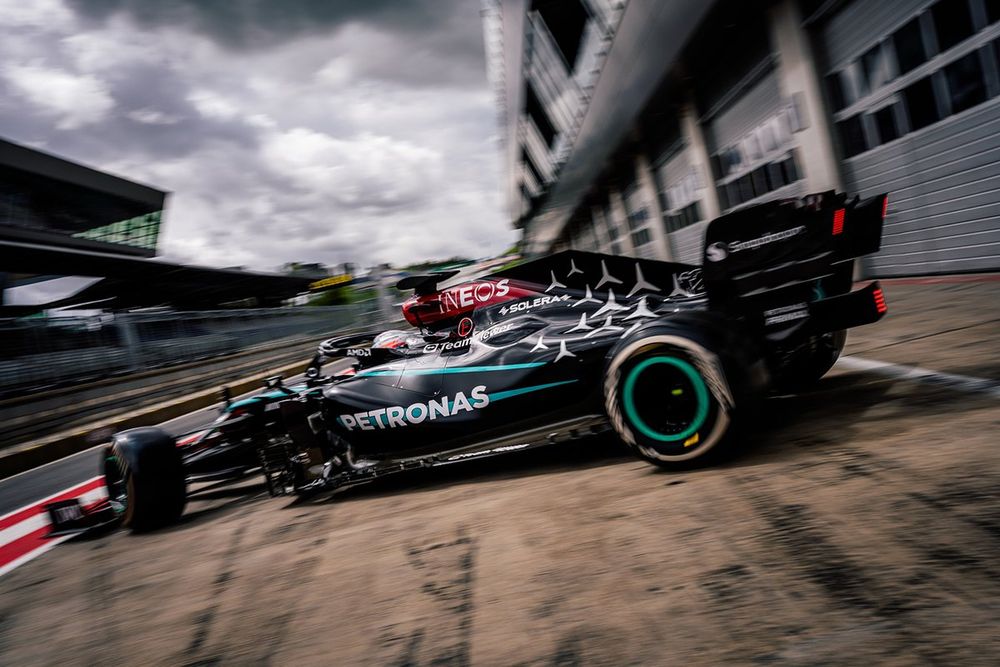The FIA’s superlicence rules alteration to allow certain worthy 17-year-olds to enter Formula 1 is unrelated to Mercedes junior Andrea Kimi Antonelli and may actually benefit Red Bull, Autosport understands.
Earlier this month, the governing body updated Appendix L of its International Sporting Code with a clause that states special dispensation to obtain a superlicence may be granted to certain 17-year-old drivers.
PLUS: Why it’s not just the FIA’s bizarre superlicence tinkering undermining the modern path to F1
The FIA said this change meant at its “sole discretion” such drivers could race in F1 before reaching the 18-year-old threshold established in the superlicence rules after Max Verstappen’s rise to the top level of single seaters aged 17 in 2015.
The move was widely interpreted as a response to a wish from Mercedes for Antonelli – who is expected to race for the Silver Arrows squad in 2025 – to make his F1 debut in 2024, before he turns 18 in August and automatically qualifies for a superlicence under the existing rules.
The thinking behind such a move would be for Antonelli to gain initial F1 experience at a team further back on the grid, with Mercedes customer squad Williams understood to have requested an exemption be made for Antonelli so he could indeed back his F1 bow with the blue team before he turned 18 – possibly around the Imola round.
But what was confusing about the FIA changing the rule was that Mercedes was understood to have cooled on the above plan and that a miscommunication between team boss Toto Wolff and his Williams counterpart, James Vowles, had resulted in the request for an Antonelli exemption around May’s Miami race.
However, it has now emerged that while the trigger for the rule change was the initial exemption request, the FIA decided the age element of the superlicence regulations needed a deeper assessment in any case, in conjunction with the F1 teams.
Andrea Kimi Antonelli drives Mercedes W12
After discussing the matter in the regular meeting of F1 team managers, and with support for the change understood to be forthcoming from other teams, Autosport sources suggest that after FIA officials had decided to implement the ISC Appendix L update, it took the time since the Miami race to pass through the FIA’s governance structure.
This meant the change being passed from the FIA’s Super Licence Working group to its Safety Committee, before approval to change the…
Click Here to Read the Full Original Article at Autosport.com – Formula 1 – Stories…

